Disclosure: This article contains affiliate links. We may earn a commission from purchases at no extra cost to you, which helps our travel content.
Standing at the intersection of Center Street and Weber Avenue, I feel the convergence of past and present that defines Stockton—a city often overlooked in California's historical narrative. As someone who's traversed coastal metropolises and remote dark sky reserves across continents, I've developed a particular appreciation for places that sit at historical crossroads. Stockton is precisely that: a vital hub during the Gold Rush that helped shape California's identity, now reinventing itself through sustainable urban development that resonates with my professional interests. Grab your walking shoes and join me for a budget-friendly historical adventure through this underappreciated Central Valley gem.
The Historic Waterfront: Where Gold Rush Dreams Began
The San Joaquin Delta waterways were Stockton's lifeblood during the Gold Rush era, transforming what was once a sleepy settlement into California's first incorporated city without Spanish or Mexican origins. I started my exploration at the waterfront, where the morning light casts a golden glow across the channel—a fitting metaphor for the wealth that once flowed through these waters.
The Weber Point Events Center marks the spot where German immigrant Charles Weber founded the city in 1849. As an engineer, I appreciate how the waterfront's infrastructure evolved from primitive landings to sophisticated ports that connected California's interior to global trade routes. The nearby Waterfront Warehouse, with its restored brick façade, houses exhibits that detail how Stockton became the gateway to the southern mines.
What struck me most was how the city's relationship with water mirrors challenges we face in my renewable energy work—the delicate balance between utilizing natural resources and preserving them for future generations. I spent nearly an hour watching boats navigate the same channels that once carried prospectors and supplies, contemplating how sustainable urban planning could honor this maritime heritage.
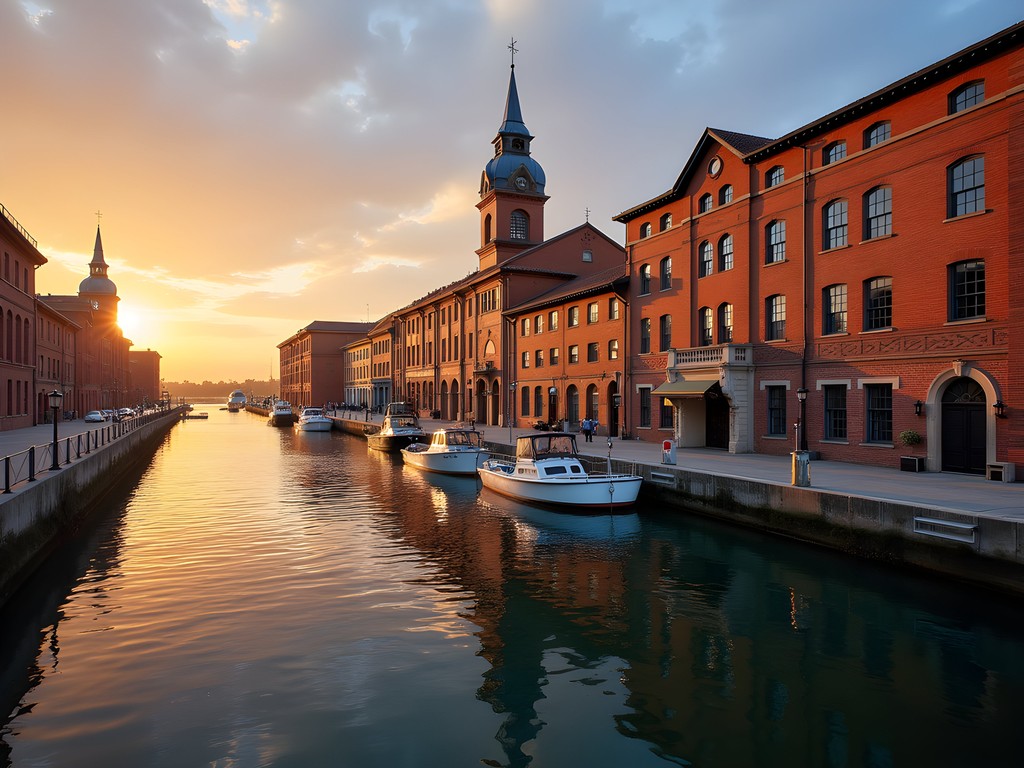
💡 Pro Tips
- Visit early morning or late afternoon when the light creates stunning reflections on the water
- Check the Visitors Center at Weber Point for free historical maps
- The waterfront paths connect to longer trails—bring water if you plan to extend your walk
The Magnificent Hotel Stockton & Civic District
Just a few blocks inland stands the Hotel Stockton, a 1910 Mission Revival masterpiece that represents the city's transition from Gold Rush boomtown to established urban center. Though no longer operating as a hotel, its façade tells stories of Stockton's prosperity—when agricultural wealth replaced gold as the region's economic driver.
As someone who grew up in Seville surrounded by centuries-old architecture, I have a deep appreciation for buildings that blend functionality with cultural expression. Hotel Stockton does exactly that, with its distinctive arches and terracotta details that remind me of structures in southern Spain.
Nearby, the Bob Hope Theatre (formerly Fox California Theatre) captivated me with its 1930s movie palace grandeur. After exploring the exterior architecture, I discovered they offer weekend historical tours for just $5—an incredible value for budget travelers. I used my collapsible water bottle throughout the day, refilling at public fountains and avoiding single-use plastics.
The Civic District also houses the San Joaquin County Courthouse, another architectural gem that demonstrates how Stockton's prosperity translated into impressive public buildings. The courthouse's columns and dome reflect the optimism of a community establishing permanent roots beyond the temporary gold economy.
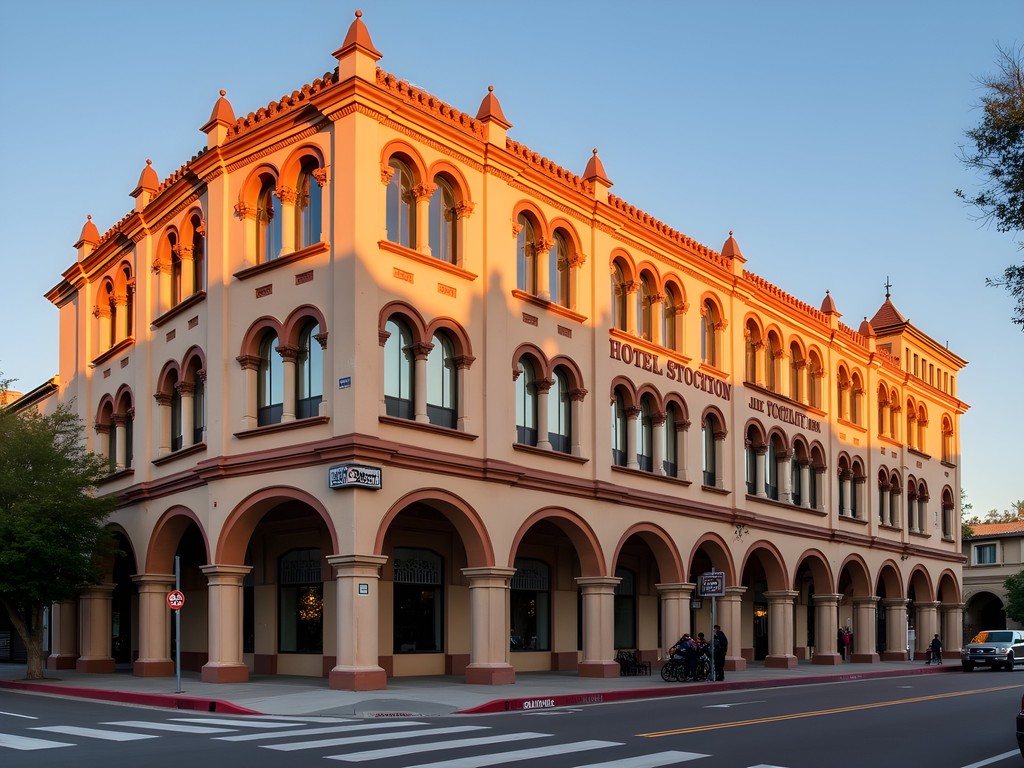
💡 Pro Tips
- Check the Bob Hope Theatre schedule for historical tours (usually Saturday mornings)
- The Civic District is compact and walkable—wear comfortable shoes
- Many buildings have informational plaques that provide historical context
Magnolia Historic District: Victorian Splendor
My engineering background makes me particularly attentive to construction techniques and materials, which is why I was fascinated by Stockton's Magnolia Historic District. Here, Victorian-era homes showcase the architectural ambition of successful merchants and professionals who settled in Stockton after the immediate Gold Rush frenzy.
Walking along Magnolia Avenue feels like stepping into a living museum of 19th-century residential design. The Italianate, Queen Anne, and Eastlake style homes—with their ornate woodwork and distinctive silhouettes—represent the period when Stockton transitioned from a frontier town to an established city.
I found myself taking detailed photos of the intricate gingerbread trim and colorful paint schemes, mentally comparing construction techniques to those I've observed in European heritage sites. To keep track of the architectural details I was documenting, I used my pocket notebook to sketch interesting elements and make notes about construction methods.
What makes this district special is how accessible it is—unlike many historical neighborhoods that have become exclusively high-end or tourist-oriented, Magnolia still feels like a lived-in community. I chatted with a homeowner who shared restoration stories while working in his garden, offering insights no guidebook could provide.
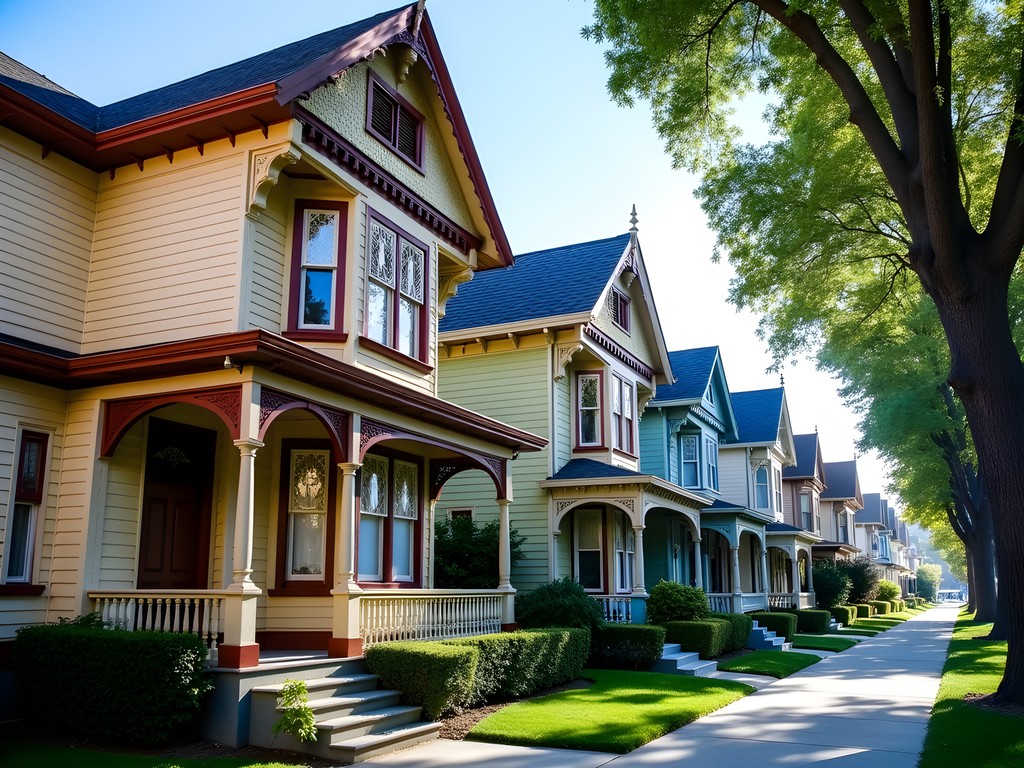
💡 Pro Tips
- The Magnolia Historic District is best explored on foot—park once and walk the neighborhood
- Morning visits offer the best lighting for photography and fewer parked cars blocking views
- Some homes have historical markers with construction dates and original owners
The Haggin Museum: Gold Rush Artifacts & Agricultural Transition
No historical tour of Stockton would be complete without visiting The Haggin Museum, housed in a 1931 building in Victory Park. While not free, the $8 admission fee ($7 for students) represents excellent value for budget travelers interested in understanding how the Gold Rush transformed California.
As someone who seeks out specialized museums wherever I travel, I was impressed by the Haggin's dual focus: fine art collections alongside local historical exhibits. The Gold Rush gallery contains artifacts that humanize the experience—prospectors' tools, personal letters, and everyday items that tell stories beyond the familiar narratives of instant wealth.
What particularly fascinated me was the museum's documentation of Stockton's transition from mining supply center to agricultural powerhouse. The exhibits on irrigation innovation resonated with my renewable energy background—both fields represent human ingenuity adapting to environmental challenges.
Before my visit, I downloaded museum information to my e-reader, allowing me to reference historical details while exploring the exhibits. This approach lets me travel light while still having access to in-depth information.
Don't miss the museum's local history archives—though primarily used by researchers, staff can often retrieve historical photographs of specific buildings you've seen on your walking tour if you express interest.
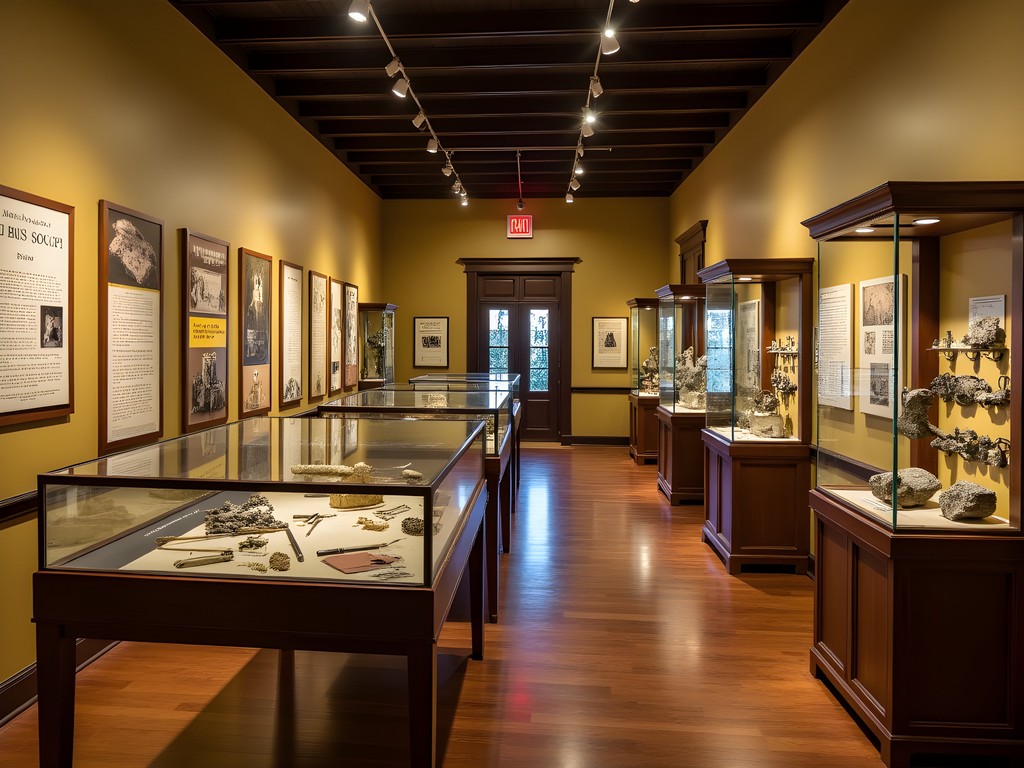
💡 Pro Tips
- Visit on the first Saturday of the month for free admission
- Allow at least two hours to properly explore both the art and history collections
- The museum gift shop has unique locally-focused history books not available elsewhere
Stockton's Multicultural Heritage: Beyond the Gold Rush Narrative
What sets Stockton apart from other Gold Rush-era cities is its rich multicultural history, which continues to shape the city today. My walking tour took me to Little Manila, once home to the largest Filipino population outside the Philippines, and the historic Chinatown area—both communities that contributed significantly to the region's development yet are often overlooked in mainstream Gold Rush narratives.
As someone with mixed heritage myself, I'm always drawn to places where cultural intersections create unique identities. Stockton exemplifies this beautifully. Near the Crosstown Freeway, historical markers indicate where these vibrant communities thrived, though much of the original architecture has been lost to redevelopment.
I ended my day at the Filipino American National Historical Society Museum, where exhibits document how Filipino immigrants helped build California's agricultural economy. The museum's oral history collection provides powerful firsthand accounts of life in historic Little Manila.
To navigate between these somewhat dispersed historical sites efficiently, I used my solar power bank to keep my phone charged while using GPS and taking photos throughout the day. This sustainable charging solution aligns perfectly with my environmental values while providing practical utility for urban exploration.
What struck me most was how Stockton's multicultural history mirrors current conversations about inclusion and representation—themes that resonate deeply with my own experience navigating between Spanish and American cultural identities.

💡 Pro Tips
- Visit the Stockton Sikh Temple (one of the first in America) on weekends when community members offer tours
- Many historical sites in this area are marked only with plaques—research locations in advance
- Support local ethnic restaurants that continue cultural traditions from these historical communities
Final Thoughts
As the afternoon sun casts long shadows across Stockton's historic buildings, I find myself with a renewed appreciation for this often-overlooked Central Valley city. Beyond its reputation as merely a Gold Rush supply point, Stockton reveals itself as a place where California's diverse historical narratives converge—from indigenous histories to European settlement, from Gold Rush ambitions to agricultural innovation, from immigrant communities to modern sustainable development.
What makes Stockton particularly special for the budget-conscious history enthusiast is how accessible its heritage remains. Unlike more famous Gold Rush destinations that have become tourist attractions first and communities second, Stockton offers an authentic glimpse into California's developmental arc without the premium price tag.
As I head back to my hotel, notebook filled with observations and camera roll documenting architectural details, I'm struck by how Stockton's story parallels larger themes in American history—boom and bust cycles, multicultural contributions, environmental challenges, and urban resilience. Whether you're a dedicated history buff or simply looking to understand California beyond its coastal stereotypes, Stockton's walking tour delivers rich rewards for minimal investment. I'll certainly be incorporating what I've learned here into my sustainable urban development work back in Detroit.
✨ Key Takeaways
- Stockton offers accessible Gold Rush history without the tourist crowds of more famous destinations
- The city's multicultural heritage provides a more complete picture of California's development than traditional Gold Rush narratives
- Walking is the most sustainable and immersive way to experience Stockton's historical sites
- Budget travelers can enjoy most historical sites for free or minimal cost
📋 Practical Information
Best Time to Visit
year-round (spring and fall offer most comfortable temperatures)
Budget Estimate
$20-50 per day excluding accommodation
Recommended Duration
1-2 days
Difficulty Level
Easy
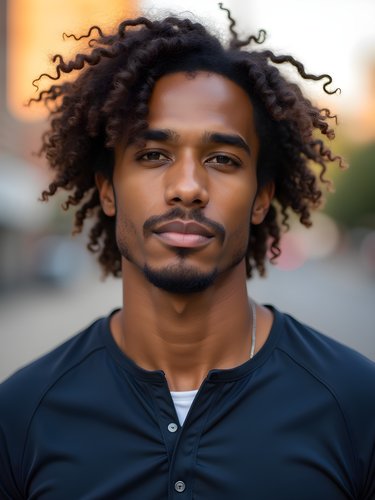
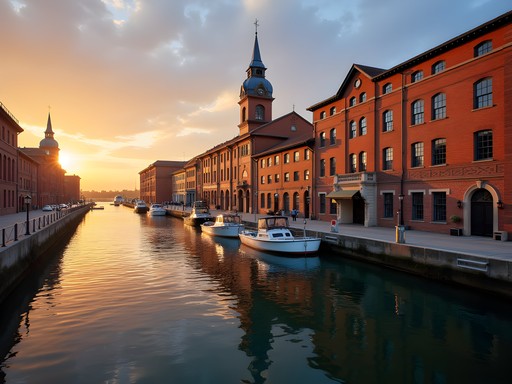
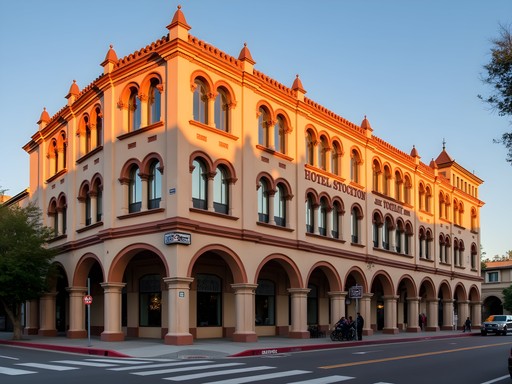
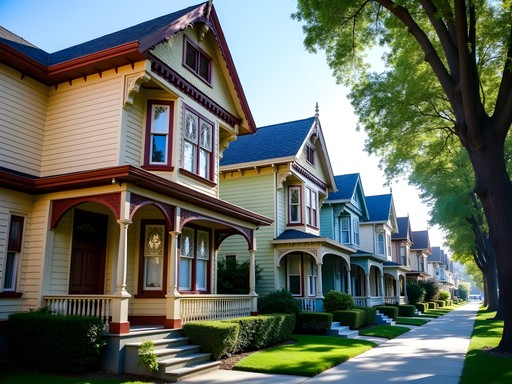
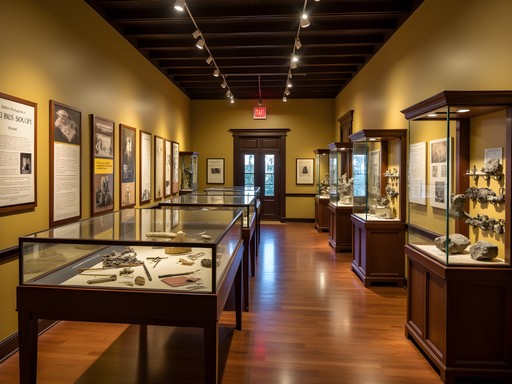











Comments
Marco Flores
Matthew, your post captures exactly what I love about exploring these overlooked American cities! When I visited Stockton last year, I discovered a small walking tour brochure at the visitor center that pointed out specific architectural details on the buildings - like the ornate cornices on the Fox California Theatre. It really enhanced my appreciation of the place. For anyone planning to visit, I'd recommend going on a weekday morning when the historic district is quiet and you can really imagine what it was like during the Gold Rush era. The light for photography is magical then too!
sunsetninja
THANK YOU for putting Stockton on the map!!! Born and raised here and people always dismiss our city. The Gold Rush history is so underappreciated! Did you get to see the underground tunnels tour? They only do it twice a year but it's AMAZING to see the original Gold Rush era passages.
Matthew Black
I missed the underground tunnels! Definitely adding that to my list for next time. When do they usually run those tours?
sunsetninja
Usually April and October - the historical society handles bookings. They sell out fast so get on their email list!
journeygal
Just got back from following your walking tour route yesterday! The historic waterfront was my favorite part - those old brick warehouses have so much character. We stopped for lunch at a little cafe on Yosemite Street that had old photos of Stockton's shipping days all over the walls. One tip for others: the Haggin Museum has free admission on the first Saturday of the month, which we lucked into!
moonninja
Ooh thanks for the museum tip! What was the cafe called? Definitely want to check it out.
journeygal
It was called River's Edge Cafe! Great sandwiches too.
photomaster
I did this walk last weekend using your guide. The light in the late afternoon is perfect for photographing those historic buildings! I'd recommend bringing a wide angle lens to capture the full facades of places like the Hotel Stockton. The waterfront area was more photogenic than I expected too, especially with the old boats against the modern skyline.
photophotographer
What time did you go? I'm heading there next week and want to catch that golden hour light on the buildings!
photomaster
I started around 4pm in November, which gave me perfect light by the time I reached the Magnolia District. In summer you'd probably want to start later, maybe 5:30 or 6.
Gregory Boyd
Having explored much of California's Gold Rush country, I find Stockton's historical narrative particularly compelling because it represents the critical supply chain aspect of the era. While everyone flocks to the Sierra foothills, these river port towns were equally crucial to the gold economy. The Hotel Stockton's architecture is a fascinating blend of Mission Revival and Prairie School styles - don't miss the original lobby ceiling. Also worth noting is that the Haggin Museum's agricultural exhibits provide excellent context for understanding how the region transitioned economically after the Gold Rush declined. Excellent documentation of an underappreciated historical destination.
journeygal
Thanks for the extra historical context! I'm a huge history nerd and love understanding the economic connections.
wildwanderer
Love these hidden gem posts! The mainstream travel sites never cover places like this.
photoqueen
Love these hidden gem posts! The Haggin Museum looks fascinating.
springace
If you're doing this walking tour, there's a great little coffee shop called Trail Coffee Roasters on E. Main St. Perfect spot to start or end your historical tour. Their cold brew kept me going through the whole walk!
redwalker
Thanks for the tip! Always looking for good coffee spots.
sunnybackpacker4812
Never would have thought to visit Stockton! Cool post!
wanderhero
Great post! Did you find any good spots to photograph the waterfront area? Planning a trip there next month and would love some photography tips.
Marco Flores
Not the author, but I was there last summer! The best waterfront shots are from McLeod Lake at sunset - there's this perfect angle where you can catch both the historic warehouses and the modern skyline. Also, bring a wide angle lens if you have one - really helps capture those Victorian mansions in the Magnolia District.
wanderhero
Thanks so much Marco! Will definitely check out McLeod Lake at sunset.
Venture X
Premium card with 2X miles, $300 travel credit, Priority Pass